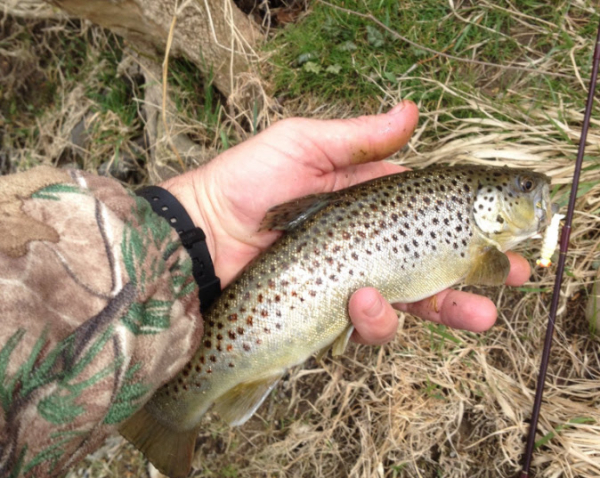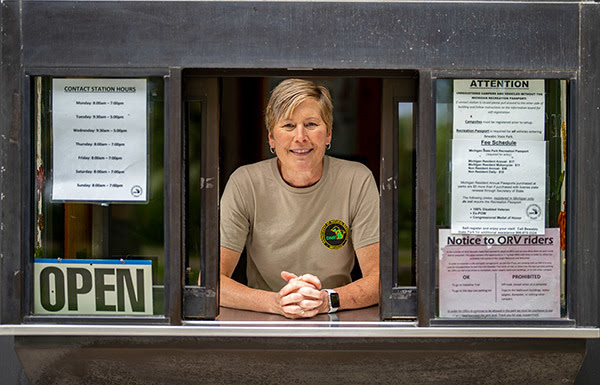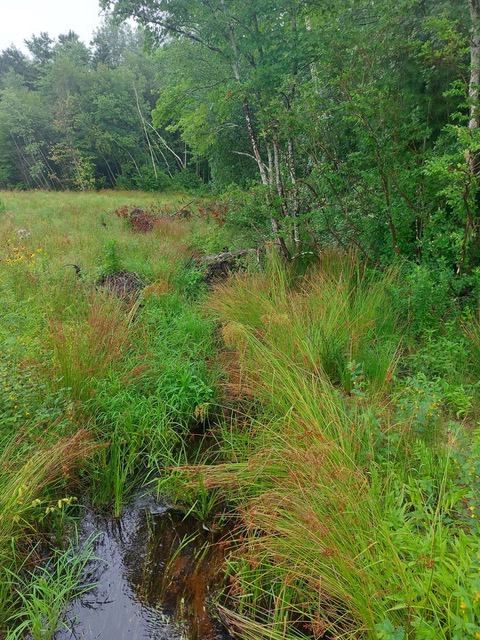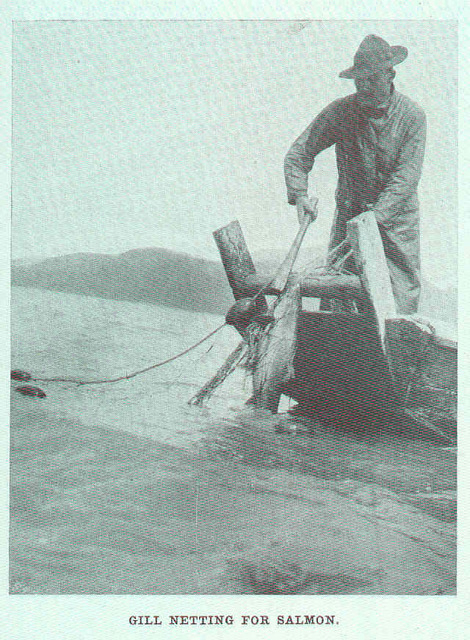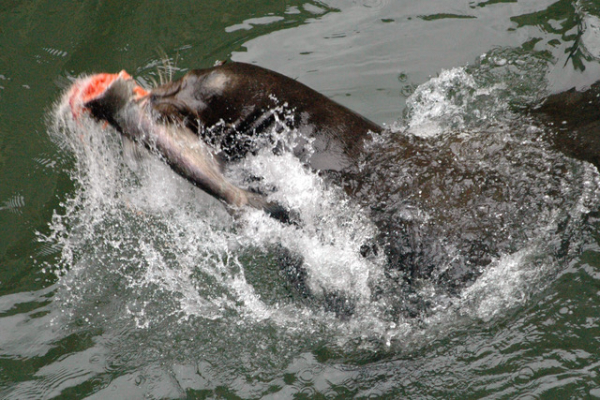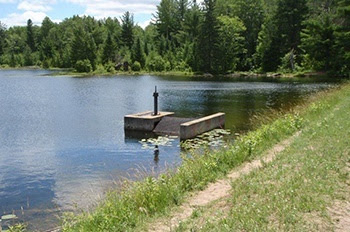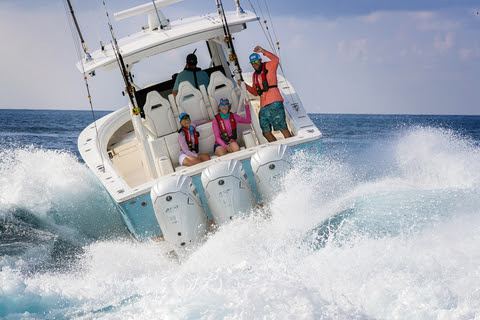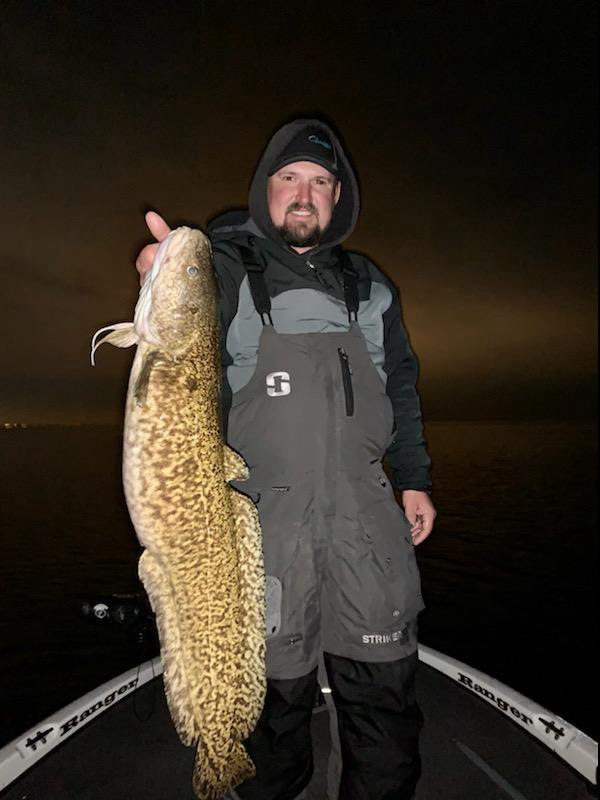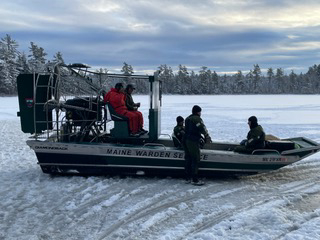Carp believe they ought to rule the world, and they are very good at making it happen.
Those who have been smacked in the head by a jumping silver carp are not enthusiastic about these invasives becoming the national bird of America.
But we might as well hope to wipe out largemouth bass and bluegills as eliminate common or European carp, which are now more indigenous than many native species across North America. They’ve been here since being imported in the 1800’s, and they are never going away unless the continent dries up into another Sahara at some future twist in climate change.
The “war” that’s proposed is against relative newcomer carp species, the silver, bighead and black. We note without prejudice that these are all Chinese carp—just sayin’.
Love the cuisine, hate the carp . . . .
It’s possible that these carp can be controlled, though not eliminated. Researchers are finding their DNA in thousands of lakes and waterways attached to the Mississippi River, and no control method tried so far has shown promise of widespread success.
While most of the spread has been the result of pond-stocked fish escaping into waterways, there’s enough blame to go around among sportfishers, namely us, who inadvertently carry fertilized carp eggs or microscopic juveniles in our livewell water. Bass anglers who regularly visit multiple lakes are particularly likely to be part of this, as are crappie and walleye anglers who carry live minnows from lake to lake.
While some invasive species are relatively unobnoxious or even helpful—the gobies in the Great Lakes, for example, have actually proven to be a huge growth booster for smallmouths and walleyes—Asian carp have thus far proven to be pretty troublesome guests.
The silver carp is the most obnoxious of the group due to the habit of large schools flushing like a covey of quail when a boat runs through them. These fish may weigh from 5 to 50 pounds and they can jump 10 feet straight up.
You can imagine what would happen if you are driving your Ranger at 60 mph through the school—sort of like running into a concrete block dropped off an overpass, those who have had the experience report.
However, a new effort from Wildlife Forever and supported by AFTCO, which has proven itself a perennial champion of good things in fishing and conservation, shows promise of slowing the spread.
The plan is to expand the “War on Carp” education campaign, providing new tools and resources to educate the public in support of increased state and federal management. The idea for the “war” apparently came from Wade White, a board director for TVA, and the effort has generated considerable federal and state investment in carp removal and mitigation projects. Read more
